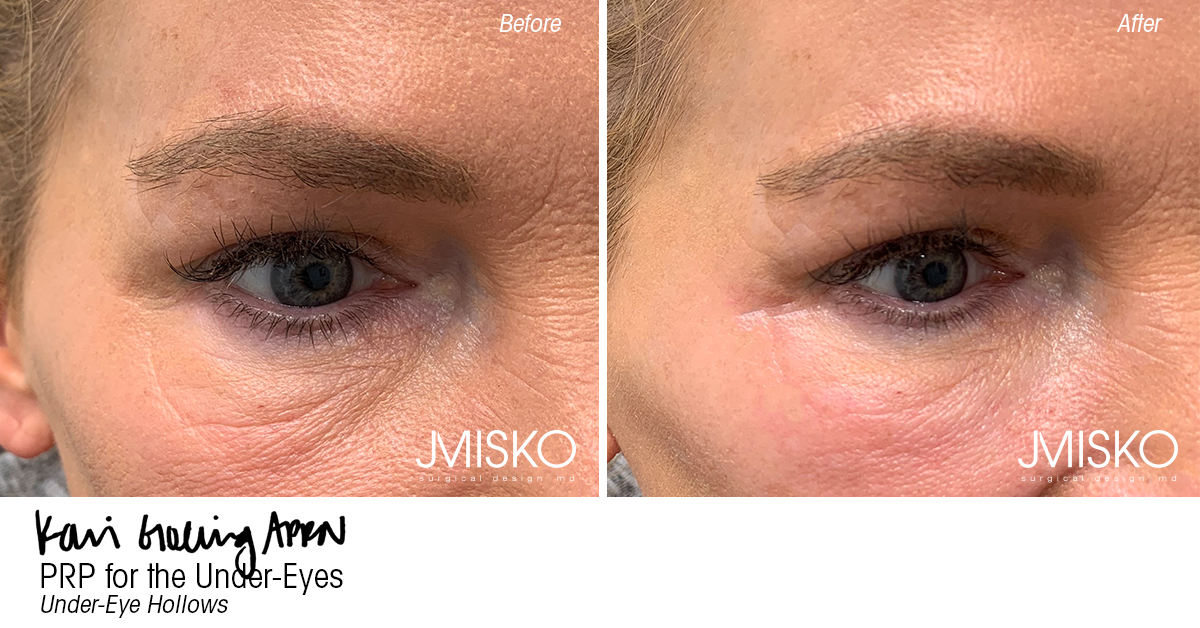

Neovascularization can be treated with injections of antivascular endothelial growth factor antibodies and antibody fragments. Additionally, ex vivo studies of human blood help to better interpret FLIO images.Īge-related macular degeneration (AMD), a major vision threatening disease for individuals above 65 years, can either remain as nonneovascular or lead to the formation of choroidal and/or retinal neovascularization. FLIO appears to differentiate between PEDs, hemorrhage, and fluid. Short τ m in serous, fibrovascular, and hemorrhagic PEDs as well as sub/intraretinal fluid may disrupt this pattern. The previously described dAMD-related FLIO pattern is also present in nvAMD. Ex vivo studies of blood also show short τ m. Areas corresponding to sub-/intraretinal fluid display shortened τ m. Different PED-forms show characteristic τ m, while serous and hemorrhagic PEDs exhibit shortened τ m, drusenoid PEDs show prolonged τ m, and τ m in fibrovascular PEDs is variable. Blood samples from a healthy subject and a patient with PED were investigated in a quartz cuvette.Įyes with nvAMD show similar FLIO patterns to dAMD: ring-shaped prolongations of τ m 3 to 6 mm from the fovea. Multimodal imaging was reviewed by two ophthalmologists who circumscribed and classified PEDs as either serous ( n = 4), hemorrhagic ( n = 4), fibrovascular ( n = 16), drusenoid ( n = 17), or mixed ( n = 5). Mean fluorescence lifetimes (τ m) were investigated. Fluorescence decays were detected in two spectral channels (498–560 nm 560–720 nm) to determine fluorescence lifetimes of endogenous fluorophores in their specific spectral emission ranges.


The Heidelberg Engineering FLIO excited fluorescence at 473 nm. We found 28 eyes showed neovascular AMD (nvAMD), and 17 had nonneovascular (dry) AMD (dAMD). To investigate fluorescence lifetime imaging ophthalmoscopy (FLIO) in neovascular AMD and pigment epithelial detachments (PEDs).Ī total of 46 eyes with PEDs (>350 μm) as well as age-matched healthy controls were included in this study.


 0 kommentar(er)
0 kommentar(er)
